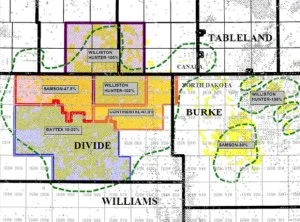Hess' first quarter 2014 Bakken production increased slightly from the fourth quarter, but company official say total Bakken production was curtailed due to the shutdown of the Tioga gas plant. Company officials now say Hess' Bakken production levels are greater than 80,000 boe/d after work was completed on the Tioga gas plant expansion.
The expansion project, which is part of a $1.5 billion investment Hess has made in the area for infrastructure improvements, is now fully operational, and the plant is currently processing about 120-million standard cubic feet of gas per day (MMSCFD). The company expects the plant will soon process at least 250 MMSCFD with the potential to increase beyond 300 MMSCFD.
Read more: Hess to Begin Selling Bakken Natural Gas from Tioga Plant
Hess' First Quarter 2014 Operations Update
Hess brought 30-operated wells online during the first quarter, with drilling and well completions averaging $7.5 million. The company's net Bakken production during the quarter averaged 63,000 boe/d, and net oil production was 58,000 b/d. Total capital expenditures in the Bakken for the quarter were $451-million. That's a 21% decrease from $571-million in the fourth-quarter.
Since 2010, Hess company officials say they have invested more than $10 billion in North Dakota. Currently, the oil giant has a 17 rig drilling program in the Bakken with 2014 net production expected to average 80,000 to 90,000 boe/d.




